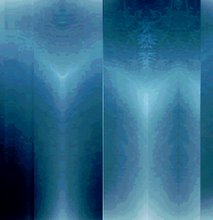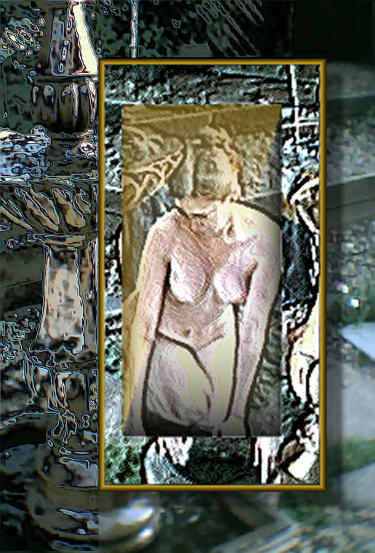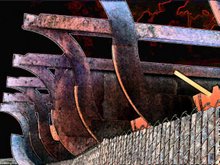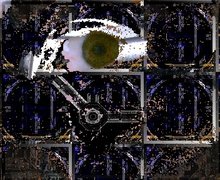Halbierte Abbildung, The Story Continues! Part 3
Halbierte Abbildung has not turned out to be as non-tonal as previously planned. It is, rather, a-tonal. There are sections that have cropped up that turned out to be in d minor, Bb major and modal structures recurrently influence its direction. Traditional harmonies riddle the work.
This is not because I wanted to do the old saw where we have the nightmare/nuclear holocaust non-tonal dissonant music answered by the happy ending in C Major. The story of the Phoenix has been told enough for now.
The tonal music is part of the logic of the work. Indeed, these are not references to 18th and 19th Century common practice. Reference is often, (though not always) something just tacked on. The tonal material here is integral to the identity of the music.
The association of dissonance with angst, horror and depression strikes me, at best, as hokey but generally simply as primitive and childish. Not everything needs to be powerful, but indubitably the most robust method of producing emotion is as the product of reason. An A Major chord can be as desolate as a C minor so long as they flow from a logic that is a kind of mapping procedure of drama onto the template of the musical fabric.
When a character in a play weeps it may be comical or sad or nothing much at all, depending on the context. Our response depends on the reasons for the weeping. Context, more than anything, generates emotion. Logic, too, governs not just the organization of music (the difference between noise and music is organization) but its expressive impact as well.
I find many parts of Halbierte Abbildung to be beautiful. If a musician were to regard the score without listening to it in their mind’s ear, they would see sections of unrelenting sharp dissonances. This musician would assume it to be a harsh work mean enough to set one’s teeth on edge.
This is no such thing. Many components are lonely, haunting, spectral and romantic. Certainly it would be difficult to mistake much of it for Cole Porter, nonetheless its lyricism is obvious.
And yes, I use the word “much” as the last movement continues the trends set in the first movement but with a greater generative ferocity. So much that Jazz (or, for the sake of purists we will say “Jazz-sounding”) music flowers out of the abiding premeditated musical substance.
I am happy with this composition.










